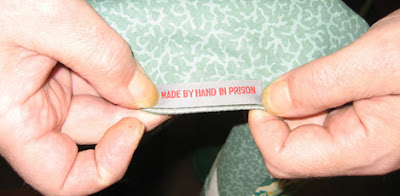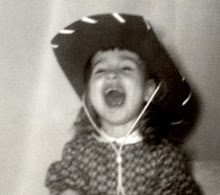I am thrilled to be included in the current issue of UPPERCASE; a magazine all about creativity, design and art. My 'Grandad's Sweater' is featured in a a special section called Scavenger Hunt - creations made from recycled materials. My piece features a refashioned foot stool using granddad's sweaters and clothing.
Issue 24 is all about textiles. It features sections on modern weavers; visible mending; quilt design; the cultural history of vintage feed sacks; tattooed artists and discovering flea market treasures. Each cover has a swatch of vintage feed sack fabric hand-applied to the cover.
UPPERCASE publishes books and magazines for the creative and curious: products that spark the imagination and inspire creativity. Our eponymous magazine, now in its sixth year, is loved by readers around the world and has been recognized for its design excellence. Our books profile up-and-coming artists or explore emerging trends in design and creativity.
We view everything we publish as an opportunity to create something special, so each product has high production values and attention to detail. A playful exploration of creativity, an affinity for vintage ephemera, and a love of typography are some elements common to many of our publications. -publisher / editor / designer Janine Vangool
UPPERCASE publishes books and magazines for the creative and curious: products that spark the imagination and inspire creativity. Our eponymous magazine, now in its sixth year, is loved by readers around the world and has been recognized for its design excellence. Our books profile up-and-coming artists or explore emerging trends in design and creativity.
We view everything we publish as an opportunity to create something special, so each product has high production values and attention to detail. A playful exploration of creativity, an affinity for vintage ephemera, and a love of typography are some elements common to many of our publications. -publisher / editor / designer Janine Vangool
For a preview: http://issuu.com/uppercaseyyc/docs/uppercase24-issuu?e=0/10878770 (I'm on page 64!)
http://uppercasemagazine.com
http://uppercasemagazine.com





















































